If you are a beginner lawn owner, you might have wondered about the best height to cut grass. Unfortunately, there isn’t a fixed number. You have to mow according to the type of grass, season, and other factors.
Every lawn owner needs a grass cutting height chart. Something they can refer to ensure the right blade height for their lawn. It’s a mandatory lawn care practice because it not only guarantees a healthy lawn but also gives it an aesthetic appeal.
We will give you a complete grass cutting height chart for cool and warm season grasses. You can bookmark this article to check the cutting height before mowing.
Do You Really Need a Grass Cutting Height Chart?
The short answer is “YES.”
You need a grass cutting height chart to know the optimal height according to the type of grass, season, etc.
Suppose your grass is short in the hot summer. This will expose the soil to the sun’s unbearable heat, which will evaporate water in no time. It could deprive your lawn of water.
This is just one example. You have to figure out the correct grass height for the type of grass you have and the season. It’s mandatory to ensure the optimal health of your lawn.

Grass Cutting Height Chart for Cool-season Grasses
Compared to warm-season grasses, cool-season grasses are kept higher. No matter what the season is, the optimal height ranges from 2.5 to 4 inches for different types of grasses.
When a higher height is maintained, the soil gets shade, which is necessary to ensure reduced temperature. It promotes root growth and ensures optimal health.
Here is a grass cutting height chart for different types of cool-season grasses.
|
Grass Type |
Recommend Height Range |
Summer Mowing Height |
Before Winter Mowing Height |
|
Tall Fescue |
3.0 – 4.0 inches |
4.0 inches |
2.5 to 3.0 inches |
|
Kentucky Bluegrass |
2.5 – 3.5 inches |
3.5 inches |
2.0 to 2.5 inches |
|
Perennial Ryegrass |
2.0 – 3.0 inches |
3.0 inches |
2.0 to 2.5 inches |
|
Fine Fescue |
2.5 – 4.0 inches |
4.0 inches |
2.0 to 2.5 inches |
Now, let’s look at the cutting heights for different seasons and understand the reasons behind them.
Spring
In the spring season, you have to keep the grass at the lower optimal height range. The recommended range is 2.5 to 3 inches.
The reason behind a lower cut in this season is that these grasses wake up from the winter dormancy. And when you cut lower, it becomes easier to clean the lawn and get rid of the debris.
It promotes root growth, which is essential for the grass to recover from dormancy. And once the roots are strong, they become capable of handling the summer stress.
Thus, in the spring season, you must cut the grass short to let it recover and become strong enough to withstand the heat in the summer.

Summer
The summer season brings dormancy to cool-season grasses. It’s the season of heat stress for them.
To cope with the heat stress, it’s necessary to increase the mowing height. Ideally, it should be around 3.5 to 4 inches. It’s the highest grass cutting height of cool-season grasses compared to all seasons.
The high grass height prevents sunlight from reaching the soil. The shadow of the blades keeps the soil cool and reduces water evaporation. It reduces the heat stress on the roots.
Secondly, the grass blades or tips receive the maximum sunlight, which promotes photosynthesis. It allows the grass to bear the stress of the summer period.
Lastly, as light does not reach the soil, the growth of weeds is suppressed. It’s an excellent technique to prevent the germination of weeds.
Fall
Fall is the time when cool-season grasses grow aggressively. It’s their growing season. Not only do they need to recover from the summer dormancy, but they also need to prepare for the winter dormancy. Thus, it’s a crucial time.
For the season, it is recommended to keep the height around 2.5 to 3.5 inches. But when winter is near, you need to lower the deck.
The height supports the growth of the grass and allows it to store energy in the roots for winter. If you do everything right, you’ll have a lush, green lawn in the coming spring.
When winter is near, you need to lower the deck bit by bit. The final cut before winter should be around 2 to 2.5 inches. It is shorter to prevent mold during winter.
Grass Cutting Height Chart for Warm-season Grasses
Warm-season grasses thrive in hot weather. They grow better in higher temperatures and go dormant in winter.
These grasses are kept at heights lower than cool-season grasses. The reason behind this is that they can bear the heat of the sun.
The recommended range is 1 to 3 inches. You have to select and adjust the height according to the temperature/season and type of grass.
Here is a quick overview of the grass cutting height for different types.
|
Grass Type |
Recommend Height Range |
Summer Mowing Height |
Before Winter Mowing Height |
|
St. Augustine |
2.5 – 4.0 inches |
2.5 – 4.0 inches |
2.5 to 3.0 inches |
|
Zoysia |
1.0 – 2.5 inches |
1.5 – 2.5 inches |
1.0 – 1.5 inches |
|
Bermuda |
0.5 – 2.0 inches |
1.0 – 2.0 inches |
1.0 – 1.5 inches |
|
Centipede |
1.0 – 2.0 inches |
1.0 – 2.0 inches |
1.5 – 2.0 inches |
Now, let’s check out the recommended cutting height for different seasons and their reasons.
Spring
Spring is the season when warm-grasses wake up from winter dormancy, and this is the only thing they have in common with cool-season grasses.
Warm-season grasses grow actively in heat. So, when the temperature increases after winter, it’s the perfect time for the grass to wake up.
The recommended height is 1 to 2.5 inches. When you cut them short, they grow better and become dense over time. It grows actively and gets ready for the aggressive growth phase in summer.
Summer
Summer is the best time for warm-season grasses. These grasses can not only bear the high temperature but also grow better.
The recommended height is 1 to 3 inches. The grass is cut short as it ensures enough sunlight and heat to the soil, which promotes root growth.
You will witness an excellent density of grass if you cut according to the recommended height.
Fall
The temperature decreases a bit as the fall arrives. Now, it’s better to cut the grass shorter.
You can gradually reduce the height over time, and the final cut before winter should be around 1 to 1.5 inches.
The gradual shortcut in the fall helps manage thatch in warm-season grasses. When you reduce the mower height bit by bit, you are removing the excess material gradually. Thus, before the final cut, you’ll have minimal excess leaf material. Thus, in the spring, lawn dethatching will be much easier.

If you don’t lower the deck gradually and cut high grass right before dormancy, the extra leaf material will die and contribute to the layer of thatch. It will restrict the flow of water, air, and nutrients to the soil.
Shorter grass is better for the winter. The morning dew can evaporate faster due to better air circulation. The blade receives better sunlight, and it also reaches the soil surface. Both these reduce the chances of fungal diseases.
What is the 1/3 Rule of Mowing? Is it Valid Year-round?
Yes, the 1/3 rule of mowing is valid year-round. It’s the best practice to cut grass without putting it under stress.
The rule says that you should never mow more than one-third of the grass. For instance, if the grass height is 4.5 inches, you can mow only 1.5 inches at a time. Thus, the final height after mowing will be 3 inches.
You can mow less, but not more than that. Even if you need to cut the grass shorter, for instance, less than 3 inches in the example, you can do it in more than one attempt to reach the desired height.
And once you reach the height needed for the grass, you can maintain it easily. Just mow the grass regularly and never cut more than one-third.
If you end up cutting more, it will waste the energy reserves, overexpose the grass to the sun, and put the grass under stress. Check out our detailed guide on the one-third rule for mowing.

How to Mow According to the Grass Cutting Height Chart Without Any Hassle?
If you want to ensure the optimal health of your lawn, you must cut the grass at the right time according to the height chart. We have already explained the benefits of doing so for each season and type of grass.
But with many lawn owners, the issue is time. They can’t dedicate time multiple times a week to maintain their height. And often due to their busy routine, they can’t ensure the recommended height.
The best way to solve this problem is to get a robotic lawn mower. It will automate lawn mowing. You only need to set the schedule and the height, and it will cut the lawn without your intervention. Thus, no matter how busy you are, you can maintain the optimal height and keep your lawn healthy year-round.

You can opt for a suitable robot lawnmower according to the size of the lawn. For instance, the Navimow X390 can mow lawns up to 2.5 acres, while the Navimow i105 is suitable for 0.125 acres. These lawnmowers can quietly cut your lawn and return to the charging station. They can work in complex lawns and detect obstacles, children, and pets for safe mowing.
Final Words
With the help of a grass cutting height chart, you know the right height you need to maintain for the grass you have. You don’t need to wonder, and you are ready to take the right step at the right time.
It’s essential for every lawn owner. Bookmark this grass cutting height chart so that you can refer to it when needed. It will help you maintain a healthy lawn while keeping its aesthetic appeal alive.
More Blog
When is the Best Time to Plant Grass Seed?
Every lawn owner is eager to get rid of those bald patches and make the lawn lush and green from every corner. But you can’t just grab grass seeds and plant them whenever you want. Beginners often don’t know the...
Summer Lawn Care Tips: Smarter Lawn Care for a Better Season
Summer's finally here. A time when the days are long, the sun is high, and the sweet smell of freshly cut grass hangs languidly in the air. For many of us, a lush, green lawn is the centerpiece of summer,...
Month-by-Month Lawn Care Calendar for the US
Lawns are sensitive, so you have to do everything at the right time, whether mowing, applying fertilizer, or watering. Otherwise, you will end up ruining your lawn while trying to make it healthier. Beginner gardeners and new lawn owners often...
How to Overseed a Lawn in Spring?
Does your lawn look thin and patchy? Many people would have suggested overseeding it in spring. But you’re still confused about how to complete that process. It’s not just sprinkling some seed on the soil and hoping water will do...
When To Fertilize Your Lawn In Spring
The first time you fertilize your lawn in spring can set up healthy, lush growth for the entire year. However, getting the time right is essential to ensure excellent results. You might be wondering how to figure out the perfect...
Should You Aerate Your Lawn in Spring
Planning to aerate your lawn this season, but unsure because of the mixed views on spring aeration? Many homeowners face the same confusion. Some say spring works fine, while others warn against it, which makes the decision harder than it...

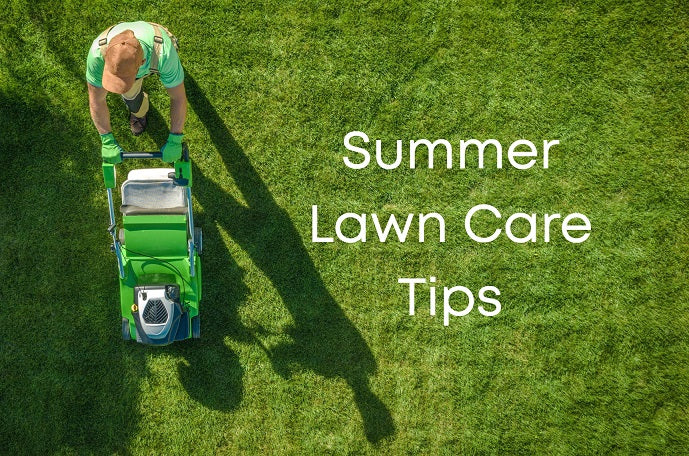
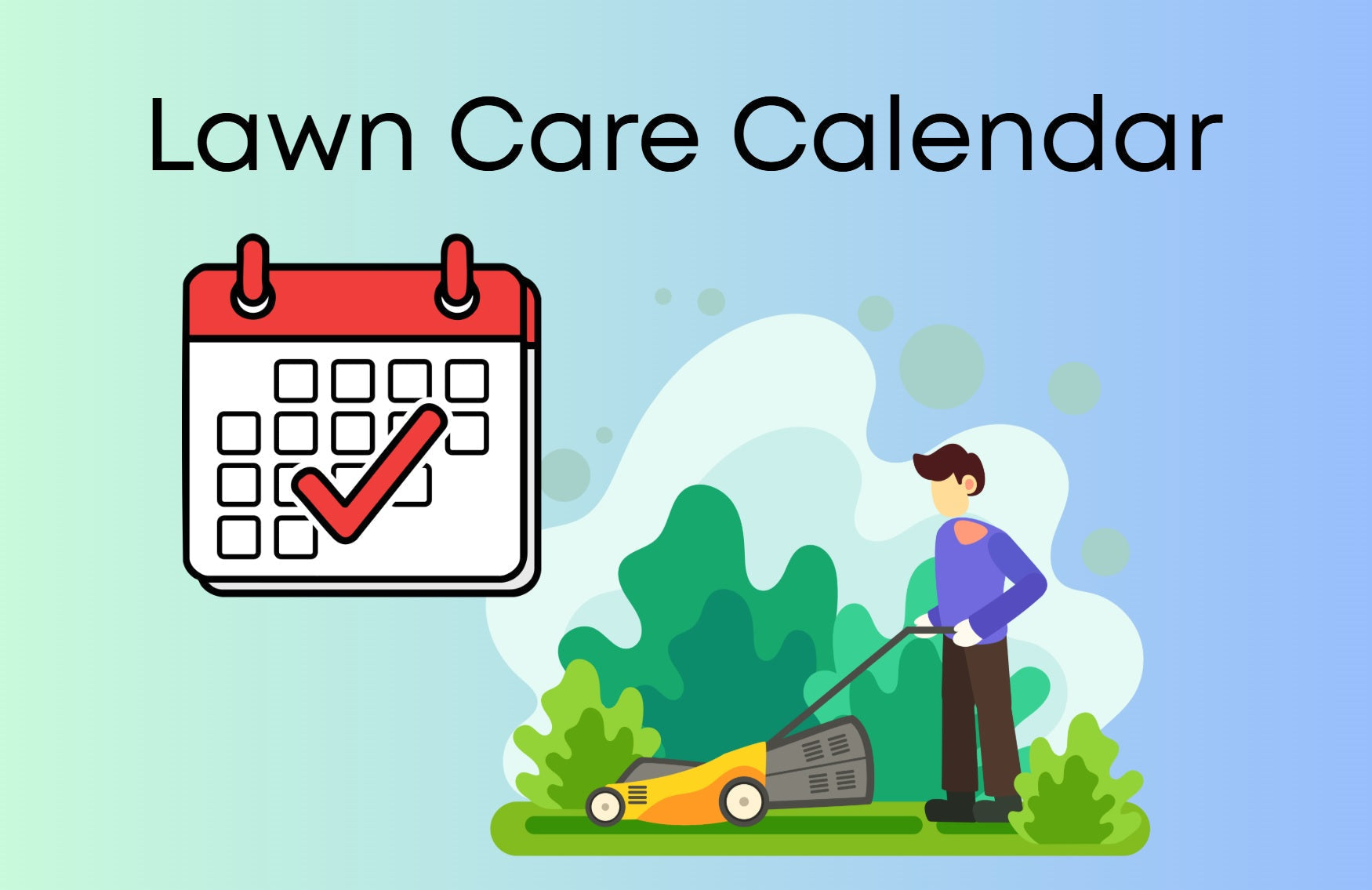
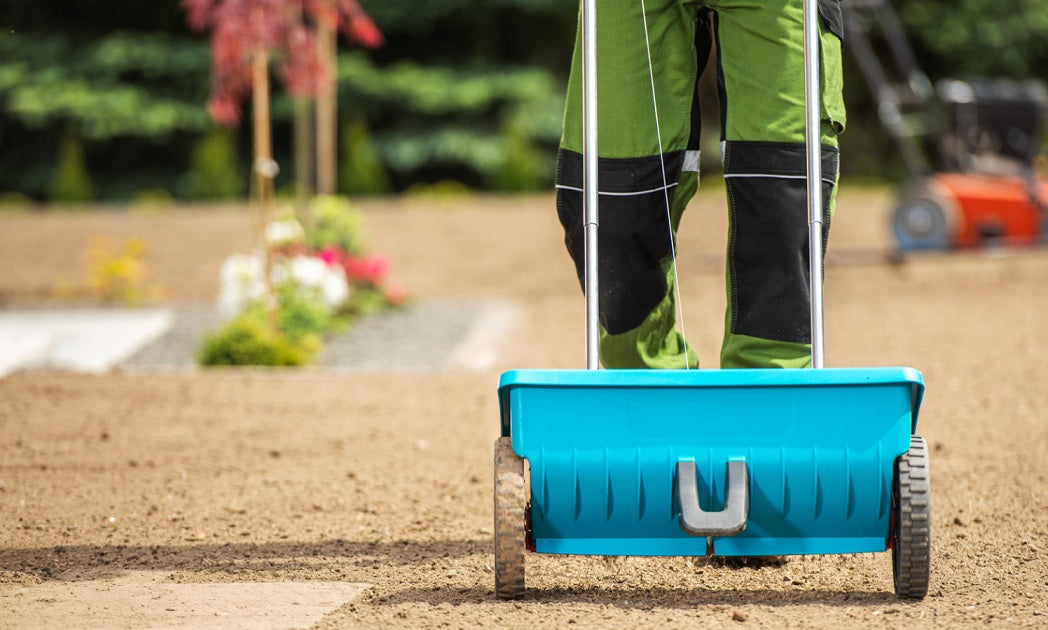
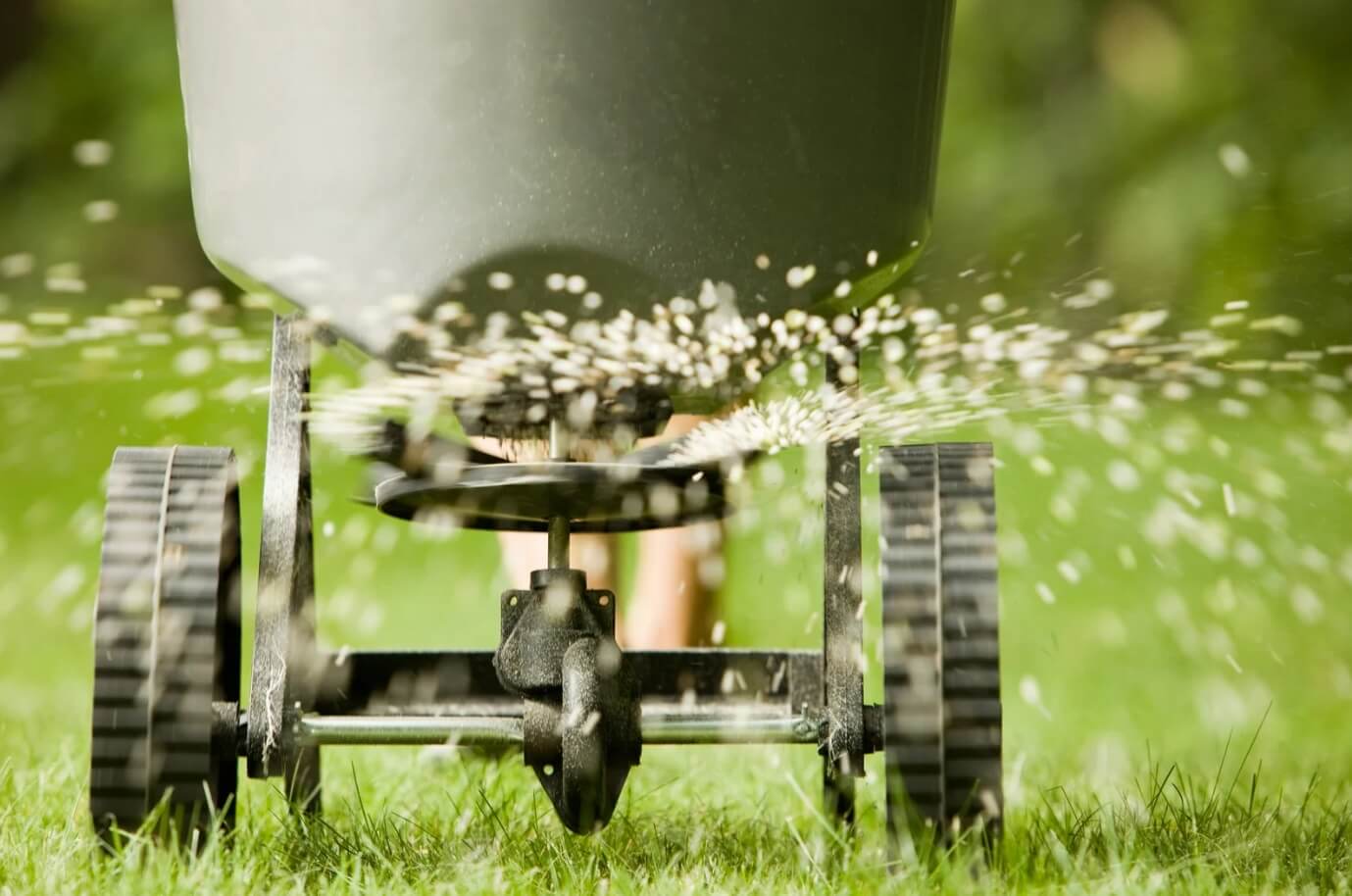
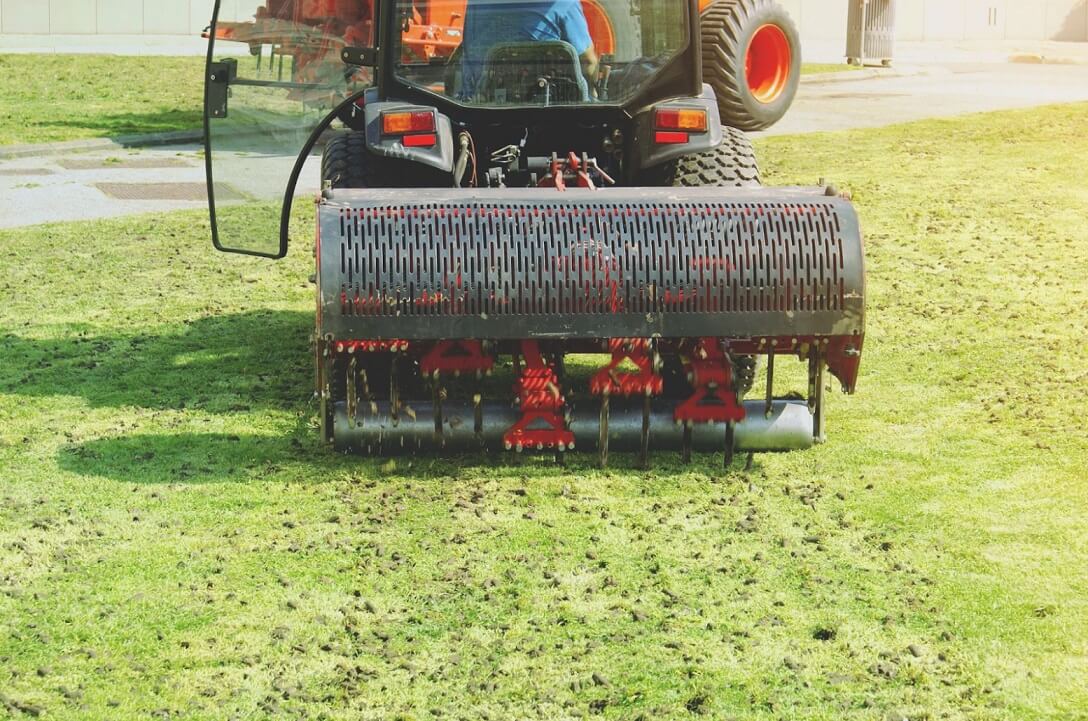
Share: